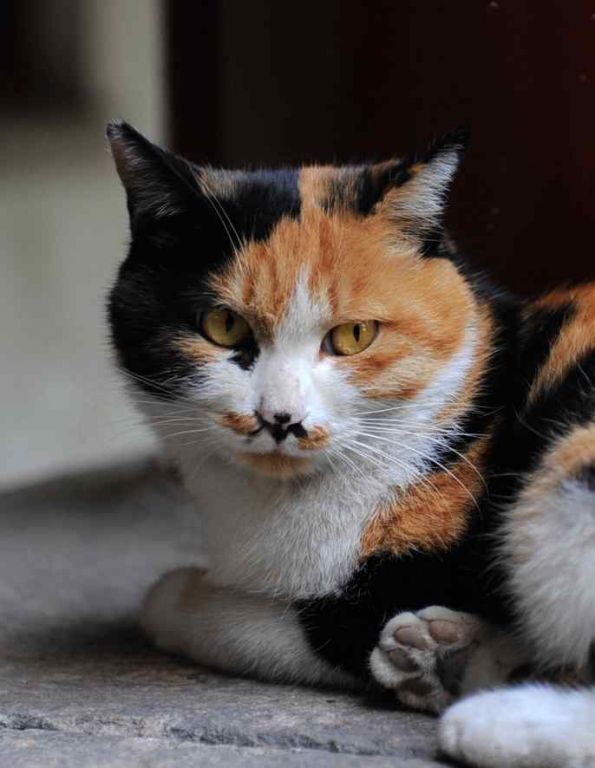博文
生物学研究的几种创新方式
 精选
精选
|||

生物学的创新方式
(王德华)
也可以称:生态学的几种创新方式。暂且这么说吧。
创新,innovation,已经成为国家口号和目标了,可见其重要性。对于创新的理论和方法,相信也会有无数的专著和论文,包括社会科学的和自然科学的,甚至是哲学的。这既是国家的需求,也是时代的需要。与创新直接相关的,或者说不可分割的是创造或创造力, creativity。创新的本质是新和改变,可以是思想、技术、过程,也可以是产品。创新的结果是使事情变得更好。创新不是改造,也不是翻新,不是简单的新瓶装旧酒,也不是旧瓶装新酒。
曾读过生理生态学的大科学家 Bartholomew 的一篇文章,他在文章中论述过创新和创造能力,暂且称为生物学的几种创新方式。主要有四个方面(个人理解,请赐教):
1、提出新而有深度的科学问题 (To ask new and incisive questions.)。
从事自然科学的人都知道提出一个问题和发现一个问题的重要性。做过科学研究的人也知道提出一个新的科学问题、一个有影响力和有深度的科学问题是多么艰难。科学问题的水平直接决定研究结果,提出科学问题的能力和视野直接反映一个学者的学术水平。
2、形成新的假说(To form new hypothesis)。
经历过以描述性为主的达尔文时代的博物学研究方法后,当今生物学领域推崇的是以假说驱动(hypothesis-driven) 为主的科学方法。假说验证是科学发展的必要步骤,但根据以往的研究积累,根据自身的学术素养和科学视野,提出和形成新的科学假说是创新性研究所要求的。如果总是验证他人的假说,将无法也不可能形成自己的科学理念和理论基础(体系)。
3、用新的方法、技术和思维解决老问题 (To examine old questions in new way or with new techniques).
曾有国外学者说科学已经走到了尽头,再没有重大发现的可能了。科学是无止境的,科学问题也是层出不穷的。当年谁也不会预料到今天的污染问题,今天的人口问题,今天的能源问题,今天的气候变化问题。但许多重大问题在不同的时代依然需要回答最根本的问题。如生物学中生物体的生存和繁衍 (Survival and reproduction)问题,每个时代都需要回答这些根本问题,无论是博物学时代,细胞学时代,还是今天的基因组学时代。方法的创新,技术手段的创新,思维的创新,可以对过去的一些老问题的解决再一次创新。
4、洞察到以前没有注意到的一些相关关系 (To perceive previously unnoticed relationships)。
科学的发展有跨越性,但更重要的是在积累的基础上突破和跨越。世间万物都有联系,假说驱动的生物学研究主要是发现事物间的因果关系。有些因果关系容易被发现,有些潜在的可能是非常重要的因果关系也不是任何人都能意识到的。根据个人的直觉,在已经发现的一些结果之间能发现或注意到其中的内在关系,很可能会导致创新。
创新,说起来似乎很抽象,其实做科学的人必须要有创新的意识。科学研究本身应该就是创新的过程。创新并不神秘,也不是遥不可及,更不是一些聪明人的专利。但我们也必须意识到,高质量的创新、有影响力的创新确实不是一件很容易的事情,需要的铺垫很多,需要的条件很多,无论容易的,还是困难的。创新的关键是要主动去想,主动去做。
××××××××××××××××××
维基百科:
Innovation: The term innovation derives from the Latin word innovatus, which is the noun form of innovare "to renew or change," stemming from in—"into" + novus—"new". Although the term is broadly used, innovation generally refers to the creation of better or more effective products, processes, technologies, or ideas that are accepted by markets, governments, and society. Innovation differs from invention or renovation in that innovation generally signifies a substantial positive change compared to incremental changes.
Creativity refers to the phenomenon whereby a person creates something new (a product, a solution, a work of art, a novel, a joke, etc.) that has some kind of value. What counts as "new" may be in reference to the individual creator, or to the society or domain within which the novelty occurs. What counts as "valuable" is similarly defined in a variety of ways.
Scholarly interest in creativity ranges widely: Topics to which it is relevant include the relationship between creativity and general intelligence; the mental and neurological processes associated with creative activity; the relationship between personality type and creative ability; the relationship between creativity and mental health; the potential for fostering creativity through education and training, especially as augmented by technology; and the application of an individual's existing creative resources to improve the effectiveness of learning processes and of the teaching processes tailored to them.
https://wap.sciencenet.cn/blog-41757-495587.html
上一篇:张扬个性与社会共识
下一篇:研究生课程《动物生态学》讨论课记录 (2011)

